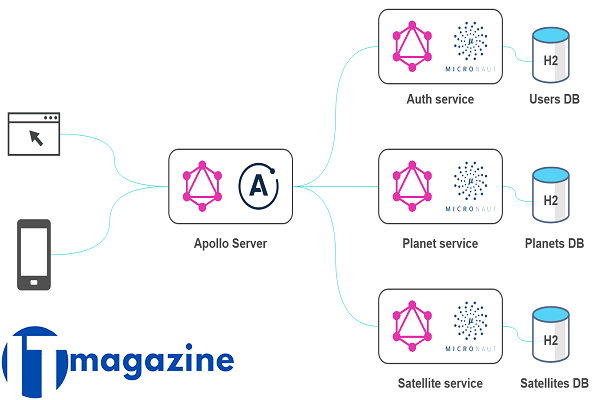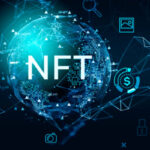We all have different applications installed on our mobile phones. Programs that have special applications for us. As you know, in the computer world, information is stored as data, and this data requires a memory to store. Now the question that arises is how all this information, which requires several gigabytes of memory to be stored, is stored in a software with a small volume of about 24 megabytes? The answer is a programming interface.
You can read the other articles on the itmagazine to learn about the latest news and also to view other related articles.
What is GraphQL?
That is, the application that we install on our mobile phone, using a programming interface, connects to the main website of the application on which the information is uploaded, and reads all the information from the website and displays it to us. This interface is called the Web API. The Web API is a subset of the API. We need a structure or an architecture to implement the Web API. In this article, we are going to present what you need to know about GraphQL, so stay tuned.
What is a Web API?
API stands for Application Programming Interface. Simply put, APIs are software interfaces that enable communication between different applications. The term API refers to a tool or library that helps developers write code that interacts with other software.
The API can also be used on the web to connect an application to a web server or two web servers, which is called the Web API technology used. This type of API typically uses the HTTP protocol for implementation. As mentioned in the introduction, there are several ways to implement Web APIs, including REST and GraphQL. In fact, these architectures use http to send a request to the server and receive a response to this request as one of the two XML or JSON standards.
Read more: Kyocera DuraForce Ultra 5G Review

What is GraphQL?
GraphQL is a query language for APIs and is considered as an architecture for APIs. GraphQL was first developed in the Facebook environment to address the internal flaws of mobile applications and has since been used specifically on social media. Finally, it was introduced to the developer community in 2015 as open source, and today it has become a new architecture for the API.
In this type of architecture, the user describes the type of data he wants and the server returns only the same data.
What are the benefits of GraphQL?
GraphQL has features that set it apart from other APIs. The following are the characteristics:
1. In GraphQL architecture we are not limited to a lot of data:
A client is software that sends a request to the server of another site or application.
2. GraphQL has high flexibility
Because the user describes exactly the data he needs and receives the same data without any additional data, this makes the API developed with GraphQL highly flexible.
3- In GraphQL architecture, we have nothing to do with API version
GraphQL is structured in such a way that the API version does not matter. As a result, the API developed with GraphQL evolves without changing its version, and the developer no longer has the challenge of managing different versions of the API.
4. With GraphQL, development teams can work simultaneously
Because API versioning makes no sense in GraphQL, multiple teams can work on a project at the same time.
5. The GraphQL structure prevents over-fetching of data
We have already said that in GraphQL the request is sent as a query and a specific answer is received without any additional data. The meaning of a special query is that it allows the user to specify what data and with what kind of data he wants to receive . As a result, this structure prevents over-fetching of data and does not send any requests multiple times.
6. Its structure is strongly typed
One of the advantages of this structure is that it is strongly typed. Being strongly typed means that there is a data type for all the objects used, and you cannot define an object whose data type is not specified. This structure has the following advantages:
- Predictable code
- Apply the same conditions to client and server
- Independence of development teams and their simultaneous advancement
- Quick debug errors
What are the disadvantages of GraphQL?
GraphQL, like any other service, has advantages and disadvantages. Here are some of the most important drawbacks: GraphQL does not support cache, unlike the REST architecture. Of course, this can be covered using tools such as relay, but it is not as efficient as the rest standard. GraphQL implementation is also more complex than other API architectures. To implement GraphQL on the server side, we also need to have packages to make our job easier. To submit a request, since the user must accurately describe the command, he or she must manually write long, complex code, which increases the error rate.











Comment here